Feeling crampy after sex and wondering if it’s your period starting—or something to do with sperm? You’re not alone. Many people describe “sperm cramps” (cramps that start soon after semen enters the vagina or after orgasm) and aren’t sure how to distinguish them from menstrual cramps. This guide breaks it down in plain language: what each one feels like, why it happens, what else could be going on, and when you should see a doctor.
Educational only—this is not a substitute for medical advice. If you have severe pain, fever, foul-smelling discharge, heavy bleeding, or you might be pregnant and have one-sided pelvic pain or shoulder-tip pain, please seek urgent care.
First, what do people mean by “sperm cramps”?
“Sperm cramps” isn’t a medical term. People use it to describe lower-abdominal or pelvic cramps that begin shortly after vaginal intercourse—especially when ejaculation happens inside the vagina—or after orgasm. There are a few common, usually benign reasons for this sensation:
- Prostaglandins in semen: Human seminal fluid contains prostaglandins (hormone-like chemicals). Prostaglandins can stimulate the cervix and uterus, which may trigger brief crampy contractions in some people. PMCBioscientifica
- Orgasm-related contractions: Orgasm and sexual arousal cause natural uterine and pelvic-floor muscle contractions; some people feel these as period-like cramps for a short time after sex. Uterine activity has been shown to increase after intercourse, particularly in late pregnancy; the same physiology explains why some feel post-sex cramping. PMC
- Mechanical/deep penetration effects: Deep thrusting can bump or “bruise” the cervix or stretch supporting ligaments, leading to deep pelvic aching during or after sex (deep dyspareunia). Changing positions or using shallower penetration often helps. Patient
Sometimes, post-sex cramps point to an underlying issue (e.g., pelvic floor overactivity/vaginismus, endometriosis, fibroids, pelvic inflammatory disease/STIs, urinary or bowel conditions). We’ll cover these below.
Navigating the complexities of reproductive health is critical for both men and women. Sperm cramps and period cramps are two commonly discussed discomforts. While these conditions affect men and women differently, they can be equally distressing. In this article, we’ll go over the specifics of sperm cramps and period cramps, highlighting their distinguishing characteristics, causes, and treatment options. Whether you’re looking for information for yourself or want to learn more about these experiences, this guide has you covered.
What are period cramps?
Period cramps (the medical term is dysmenorrhoea) are crampy pains that occur before or during menstruation. They’re driven by prostaglandins made in the uterine lining; these chemicals make the uterus contract and temporarily reduce blood flow, which causes pain. Levels are highest at the start of the period and then fall, so pain often eases after day 1–2. ACOGNICEPMC
Period cramps can be primary (no underlying condition) or secondary (due to conditions like endometriosis, adenomyosis, or fibroids). If your cramps are getting worse over time, last well beyond the first couple of days of bleeding, or come with other symptoms (pain with sex, heavy periods), see a gynaecologist to rule out secondary causes. Mayo Clinic
Sperm Cramps vs Period Cramps
| Typical timing | Minutes to hours after sex/ejaculation or orgasm | Lower abdomen/pelvis; may feel like waves or a dull ache; sometimes a deep internal ache with certain positions |
| Common triggers | Semen prostaglandins, orgasm-related contractions, deep penetration/cervical contact | Normal cyclical prostaglandin surge during menstruation |
| Location & feel | Lower abdomen/pelvis; may feel like waves or a dull ache; sometimes deep internal ache with certain positions | Lower abdomen/back; crampy, may radiate to thighs/back; often rhythmic |
| Duration | Usually brief (minutes to a few hours) and settles with rest/heat | Often several hours per day on cycle days −1 to +2 |
| Other clues | May improve with condoms, shallower penetration, more lubrication, pelvic-floor relaxation; consider infections if discharge/fever | Predictable monthly pattern; heavy bleeding, clots, or pain with sex suggests a condition like endometriosis or fibroids |
| When to test | If sex was unprotected and your period is late, take a home pregnancy test after a missed period | 1–2 days before bleeding and the first 1–2 days of the period |
(Physiology sources on prostaglandins and dysmenorrhoea; deep dyspareunia and timing features are referenced throughout this piece. ACOGNICEBioscientificaPatient)
Why semen can trigger cramps
Human semen carries measurable amounts of PGE (prostaglandin E) and PGF (prostaglandin F) family compounds. These can interact with cervical and uterine tissue; in some people, the result is a few minutes of crampy uterine tightening—similar in “feel” to menstrual cramps, though typically milder and shorter. (Fun fact: these prostaglandins are part of why sex has been studied—without strong proof—as a way to bring on labour near term.) PMC+1Bioscientifica
Evidence check: Although semen contains prostaglandins and orgasm releases oxytocin, research hasn’t proven that intercourse reliably induces labour. The mechanism (uterine activity after sex) is plausible, but large trials are inconclusive. PMC
Other reasons for cramping after sex (and how they differ from period cramps)
1) Pelvic floor overactivity or vaginismus
If pelvic floor muscles are tight or spasm with penetration, you may feel sharp entry pain followed by aching cramps afterwards. Pelvic-floor physiotherapy and gentle relaxation training can be very helpful. nhs.uk
2) Deep dyspareunia (deep penetration pain)
When pain is felt deep inside, especially with certain thrusting angles or positions, the cervix or pelvic structures may be getting bumped. Adjusting positions to reduce depth often helps. If pain is persistent or severe, investigate causes like endometriosis, adenomyosis, or pelvic inflammatory disease. Patient
3) Endometriosis and other gynaecological conditions
Endometriosis commonly causes period-linked pelvic pain, pain with sex, and sometimes fertility difficulties. Adenomyosis and fibroids can also worsen cramps and cause heavy bleeding. These conditions tend to cause ongoing pelvic symptoms beyond immediately after sex. ACOG
Explore how endometriosis can affect trying to conceive: see Endometriosis & Fertility on IVFix.
4) Pelvic inflammatory disease (PID) or STIs
Cramping or pelvic pain after sex, especially with unusual discharge, fever, or bleeding between periods/after sex, can be a sign of infection (e.g., chlamydia, gonorrhoea) progressing to PID. This needs prompt testing and treatment to protect future fertility. Use condoms and get screened if at risk. CDCnhs.uk
5) Urinary or bowel causes
UTIs (burning with urination, urgency) or IBS can mimic gynaecological cramps. If symptoms cluster around bladder or bowel triggers, ask your clinician for a full pelvic + urinary/bowel review. nhs.uk
6) Rare: Seminal plasma hypersensitivity (semen allergy)
This usually causes burning, itching, swelling, or hives where semen contacts skin/mucosa—rather than deep uterine cramping. Symptoms often improve with condom use. Severe reactions (wheezing, swelling) need urgent medical attention. For those trying to conceive, options like sperm washing with IUI/IVF can bypass allergens—always under specialist care. Cleveland Clinic
How period cramps behave (and when they point to something more)
Typical primary dysmenorrhoea peaks on day 1 of bleeding and eases within 48 hours as prostaglandin levels fall. Heat, rest, gentle movement, and clinician-guided use of anti-inflammatory medicines or hormonal contraception often help. If cramps start later in life, are severe, don’t respond to usual measures, or come with pain during sex or heavy bleeding, your doctor may check for endometriosis, fibroids, or adenomyosis. ACOGMayo Clinic
Read more on Painful Periods (Dysmenorrhoea) on IVFix, including how cramps relate to fertility planning.
Could it be an early pregnancy?
Early pregnancy can involve light spotting around the time your period was due (often called implantation bleeding) and mild cramping—but these signs are not reliable on their own. The most reliable early sign is a missed period followed by a positive test. If you’ve had unprotected sex and your period is late, take a home pregnancy test after the missed period. nhs.ukACOG
Important: If you might be pregnant and develop one-sided pelvic pain, shoulder-tip pain, dizziness/faintness, and/or bleeding, seek urgent care to rule out ectopic pregnancy. ACOGnhs.uk
Self-care tips if you cramp after sex
- Try condoms: If semen prostaglandins are a trigger, condoms often reduce or prevent the cramps. (Bonus: STI protection.) CDC
- Experiment with positions: Choose positions that limit depth and reduce cervical contact; communicate and go slowly. Patient
- Use lubrication: Adequate, body-safe lube reduces friction and pelvic floor guarding.
- Warmth + gentle movement: A warm compress or shower and easy stretching can ease muscle spasm.
- Pelvic-floor relaxation: If you notice muscle clenching, consider pelvic-floor physiotherapy—especially if penetration itself is painful. nhs.uk
- Track patterns: Note timing versus your cycle, positions, and condom use. Patterns help your clinician pinpoint the cause.
- Medication: Over-the-counter pain-relief options exist, but use only as per a clinician’s advice and product label—especially if you’re trying to conceive, pregnant, or have health conditions.
Exploring the Differences between Sperm Cramps vs Period Cramps
Period Cramps (Menstrual Cramps):

- It occurs in individuals with a uterus during their menstrual cycle.
- Usually felt in the lower abdomen or pelvic area.
- It can range from mild to severe in intensity.
- Typically accompanied by other menstrual symptoms like bloating, fatigue, and mood changes.
- This is caused by the uterus contracting to help shed its lining.
- Generally occurs before or during menstruation.
Sperm Cramps (Genital Discomfort/Soreness after Ejaculation)
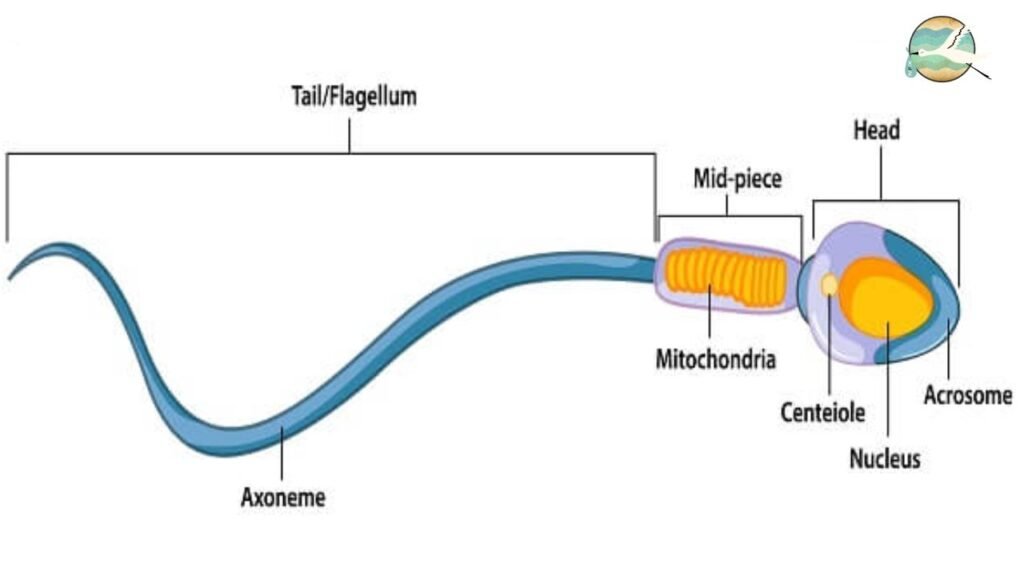
- Not commonly referred to as “sperm cramps,” but rather as genital discomfort or soreness.
- Can occur in both individuals with a penis and individuals with a vagina.
- Experienced in the genital area, including the penis, testicles, vulva, or vaginal opening.
- Often caused by various factors such as friction, muscle tension, or sensitivity.
- Can be a temporary discomfort that goes away on its own or with rest.
- If persistent or severe, it’s advisable to consult a healthcare professional to rule out underlying issues.
Keep in mind that if you are feeling any kind of discomfort or pain in your pelvic or genital area, proper communication with a healthcare professional is crucial. If you can give me more information or context, it might be helpful if I can provide a more accurate explanation if you’re referring to discomfort that isn’t caused by period cramps.
When to see a doctor—red flags
Seek medical care urgently if you have any of the following:
- Fever, foul-smelling discharge, pain during sex, or bleeding between periods/after sex (possible STI/PID). CDCnhs.uk
- Severe, worsening, or one-sided pelvic pain, shoulder-tip pain, light-headedness, or collapse and you might be pregnant (potential ectopic pregnancy). ACOG
- Heavy bleeding (soaking pads hourly or passing large clots), or pain that keeps you from daily activities despite self-care. Mayo Clinic
For persistent or complex pain, ask about a full pelvic pain work-up, including screening for endometriosis and other causes. (RCOG’s guidance for chronic pelvic pain underlines the importance of early, structured assessment.) RCOG
Putting it all together
- Sperm cramps are typically short-lived cramps triggered by semen prostaglandins, orgasm-related uterine contractions, or cervical contact during deeper penetration. They tend to settle with simple measures and may lessen with condoms, shallower positions, lubrication, and pelvic-floor relaxation. PMC+1Patient
- Period cramps are cyclical, driven by the menstrual prostaglandin surge, and usually peak in the first 24–48 hours of bleeding. Severe or changing cramps deserve a check-up for conditions like endometriosis or fibroids. ACOG Mayo Clinic
- If cramps after sex come with discharge changes, fever, bleeding after sex, or new/worsening patterns, get tested for STIs/PID and discuss other causes. Protect your current health and your fertility. CDC
You’ve got options—and help. If cramps are affecting your intimacy, mood, or plans for pregnancy, a supportive, evidence-based assessment can make a real difference. For more health guidance tailored to Indian readers, visit IVFix.in and explore our resources on Painful Periods, endometriosis and fertility, and Preconception Health.
References (selected)
Key claims in this article are grounded in guidance and reviews from ACOG, NICE, CDC, RCOG, Mayo Clinic, NHS, and peer-reviewed literature. See citations after relevant paragraphs: ACOG on dysmenorrhoea, NICE CKS overview, CDC/NHS on PID, ACOG/NHS on ectopic pregnancy red flags, RCOG on chronic pelvic pain, and research on prostaglandins in semen and post-coital uterine activity.
Conclusion
Most post-sex cramps are benign and short-lived; most period cramps are predictable and manageable. The overlap can be confusing, but your timing, triggers, and accompanying symptoms tell the story. Trust your body, track what you feel, and don’t hesitate to get it checked—especially if pain is severe, persistent, or different from your norm. For trusted, stigma-free women’s health content and fertility support, explore more on IVFix.in.

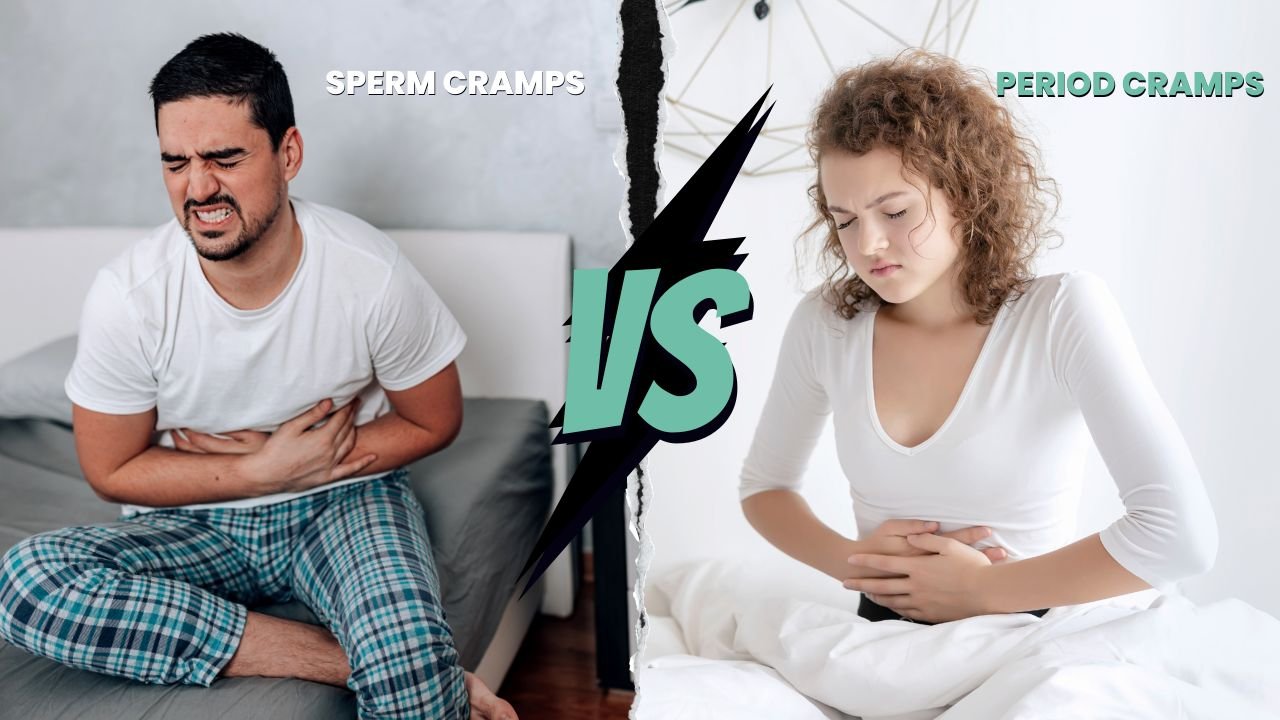

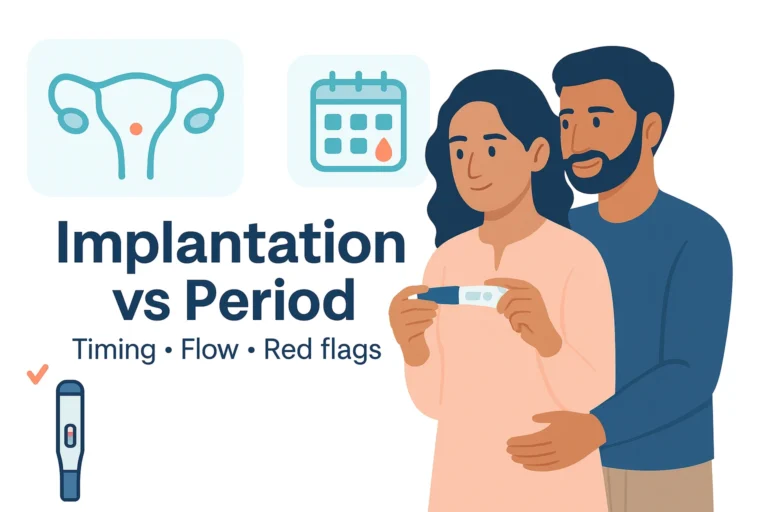
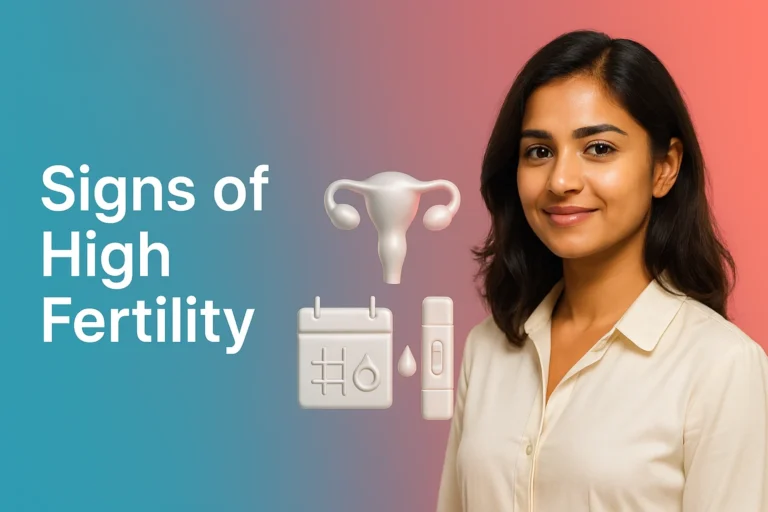
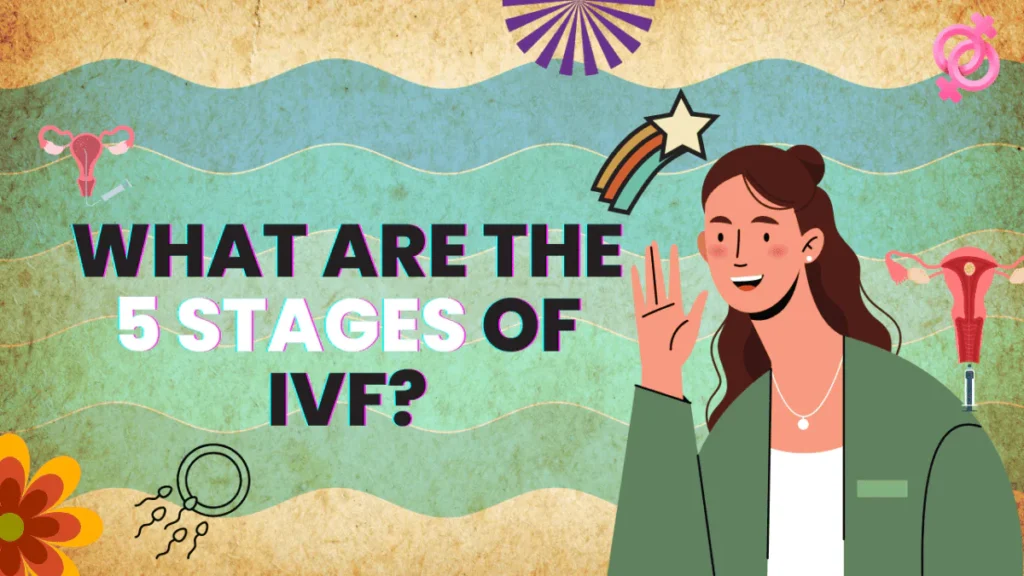
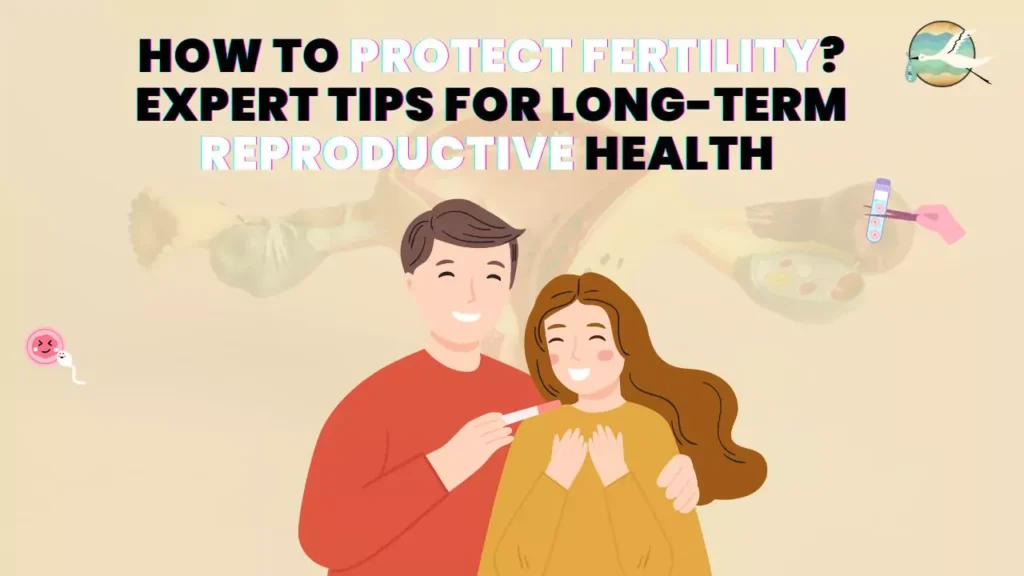
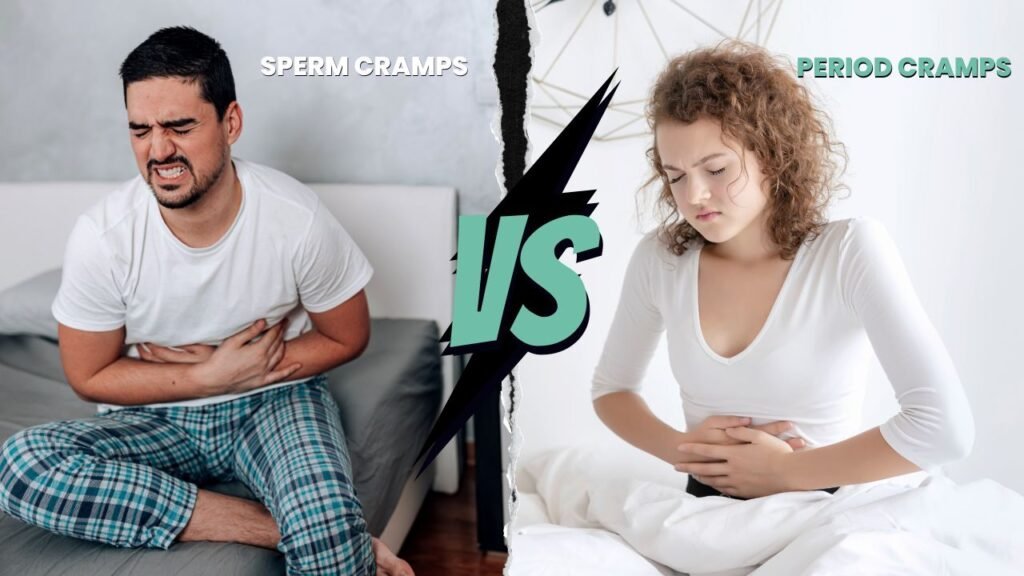
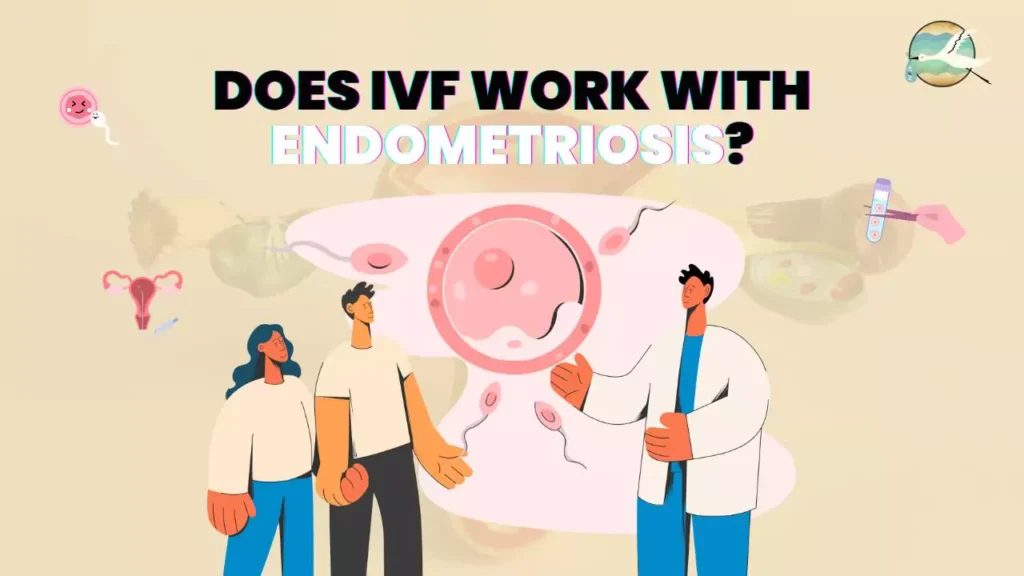
[…] In conclusion, the test tube baby process, formally known as in vitro fertilization (IVF), provides hope to individuals and couples battling with infertility. This medical treatment consists of multiple essential steps, including ovulation stimulation, egg harvesting, fertilization, embryo development, and embryo transfer into the uterus. Individual conditions and clinic protocols can impact how long an IVF cycle lasts. The success of IVF might vary depending on factors such as age, underlying medical issues, and the quality of eggs and sperm. […]
[…] cases of sperm cramps are mild and go away on their own. However, there are a few things that men can do to help relieve […]
[…] of the most important measures for minimizing sperm cramps is to maintain adequate hydration and fluid consumption. Because dehydration can contribute to […]
[…] is a fertility procedure in which eggs are taken from a woman’s ovaries and fertilized with sperm in a lab. The resulting embryos are next carefully examined and, if found to be viable, transferred […]
[…] This will assist in lessening the possibility of consequences like bleeding and infection. To ease cramping, you could also apply a heating pad or warm compress to your […]
[…] Sperm Cramps vs Period Cramps […]
[…] sperm shape or […]